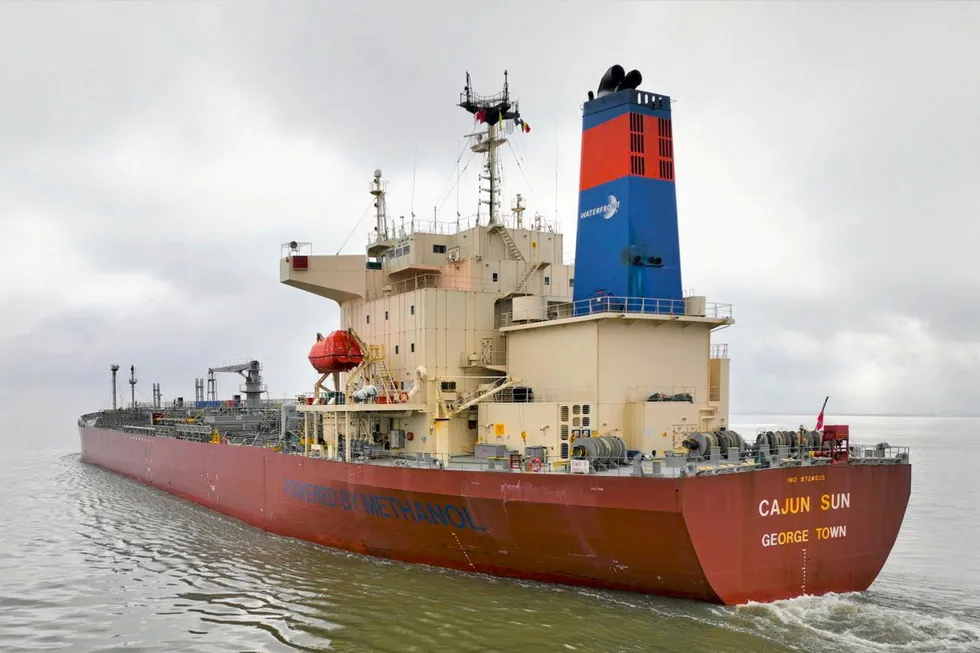Shipping firm claims first net-zero crossing of Atlantic — powered by methanol derived from hydrogen
Waterfront Shipping used a combination of carbon-negative bio-based fuel and fossil-gas-derived methanol for 18-day voyage

Waterfront Shipping used a combination of carbon-negative bio-based fuel and fossil-gas-derived methanol for 18-day voyage
